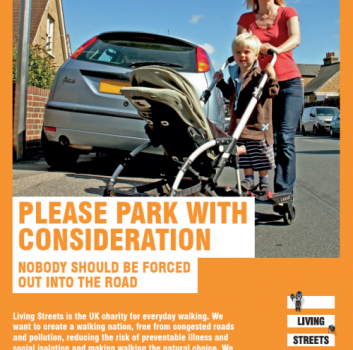Parking at Loftus

Pobl has been contacted by the Neighbourhood Watch and residents regarding a number of issues relating to double parking, parking on pavements and blocking gates by vehicles.
All drivers are responsible for reading and understanding the Highway Code. It is there to explain and guide you through the rules and regulations set out in myriad pieces of traffic and road legislation. For example:
- Drivers should all be aware that you cannot park or wait on double yellow lines at any time.
- You must not wait or park on single yellow lines at the times stated on corresponding signs.
- Unless you are entitled to, you must not park in disabled parking spaces or resident parking spaces.
- You must also not park in front of the entrance to a property.
There are many more rules which you should read and be aware of before taking any action, you can find the full list at www.gov.uk
It is often an unwritten ‘rule’ that people will generally tend to park outside their own home but it’s important to note that no one has an automatic right to do so. It’s not always possible and, in addition to residents, other road users also have the right to park outside your home providing they are not contravening the Highway Code.
To resolve this issue, the only thing you can do is to try to have a friendly word with your neighbour and explain to them why you’d prefer to park in front of your own house. You may find that they didn’t realise it bothered you and often simple courtesy and communicating your issue with your neighbour will resolve the problem.
In addition to the points above, you must not stop or park in the following locations, except when forced to do so by stationary traffic:
- Anywhere that would prevent access for emergency vehicles.
- Opposite or within 32 feet of a junction, except in an authorised parking bay.
- Opposite a traffic island or another parked vehicle (if it causes an obstruction).
- Where you would force another vehicle onto the opposite side of the road.
- Where the kerb has been lowered to help wheelchair and mobility vehicle users.
- In front of an entrance to a property.
- On a bend.
- A pedestrian crossing, including the area marked by the zig-zag lines.
